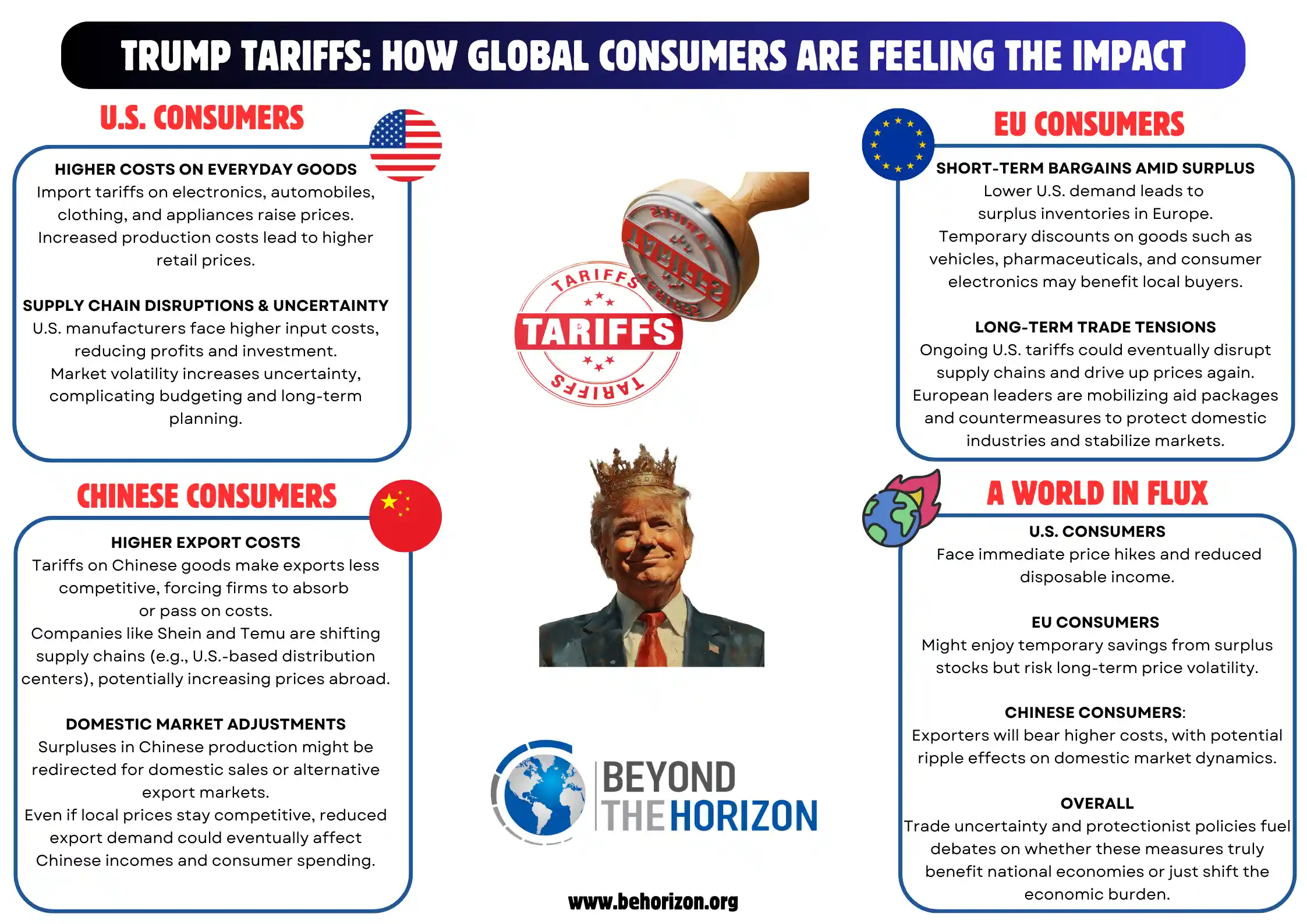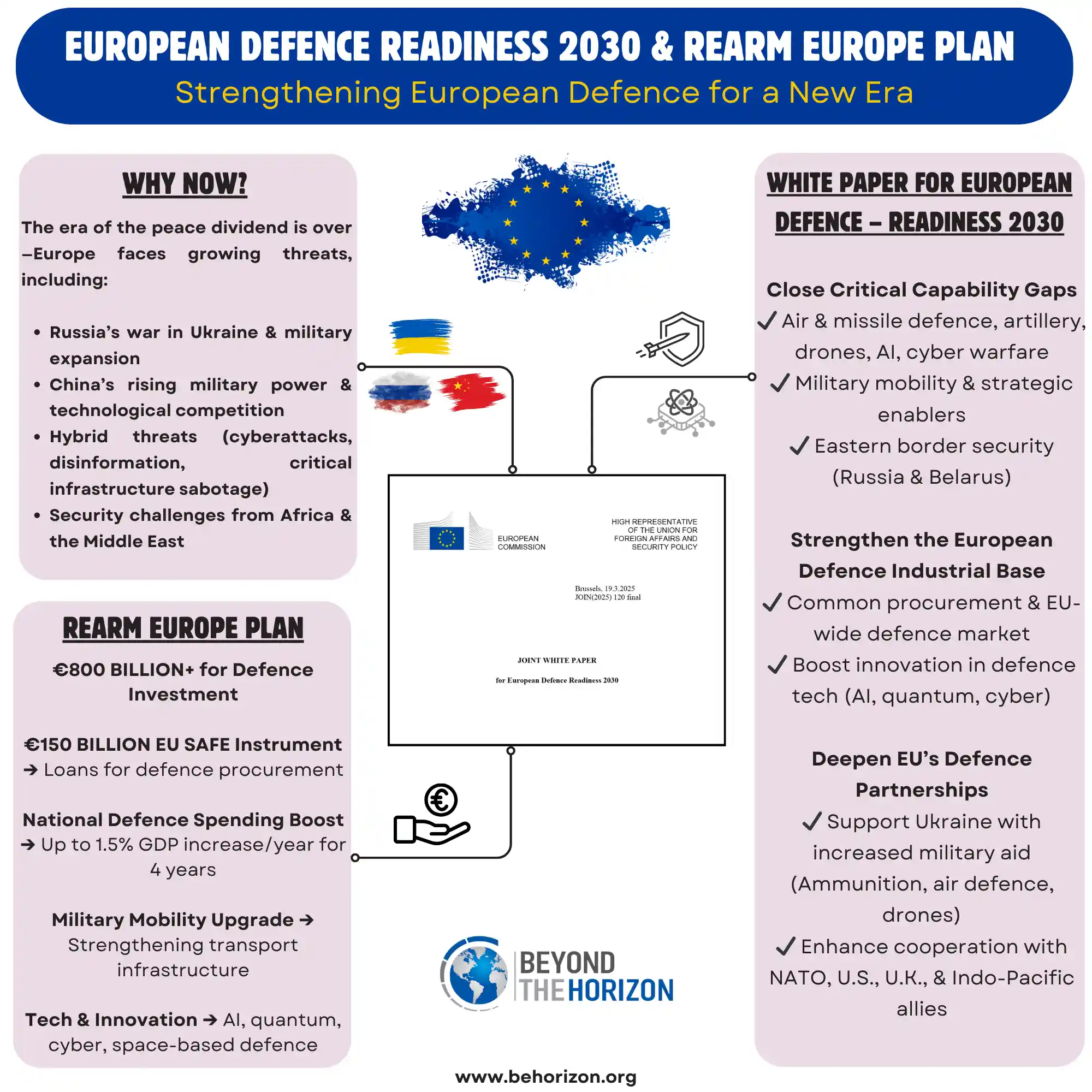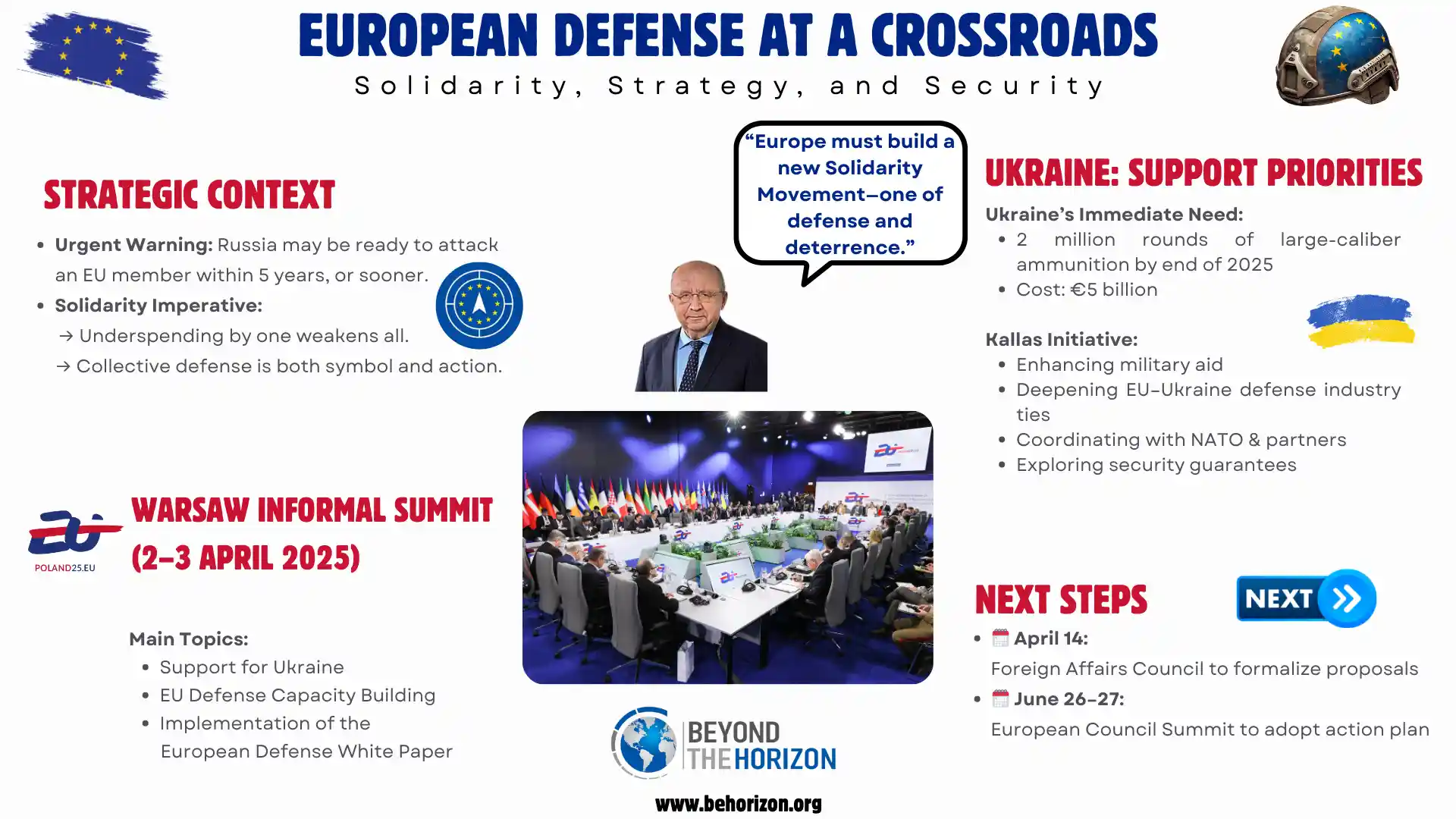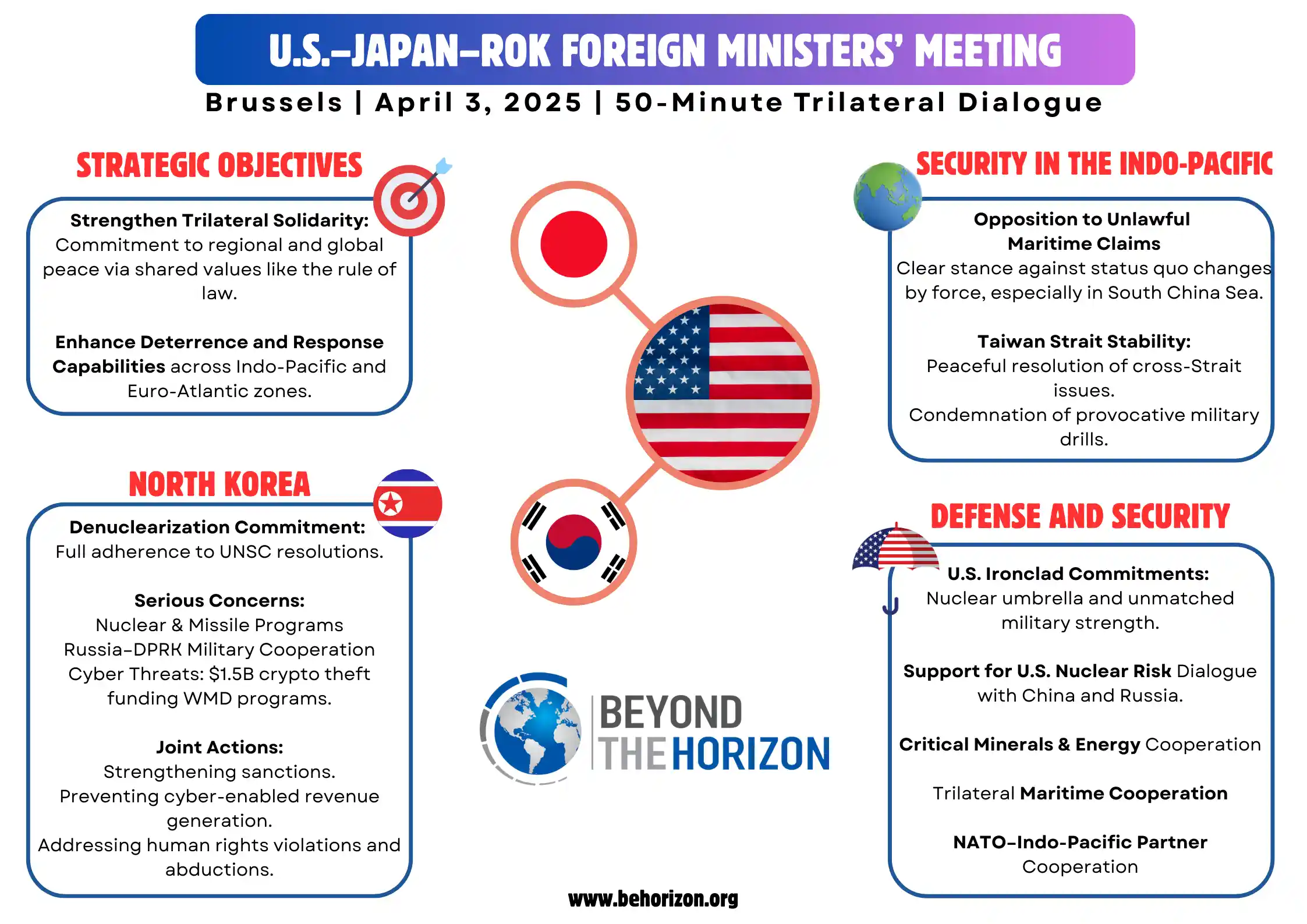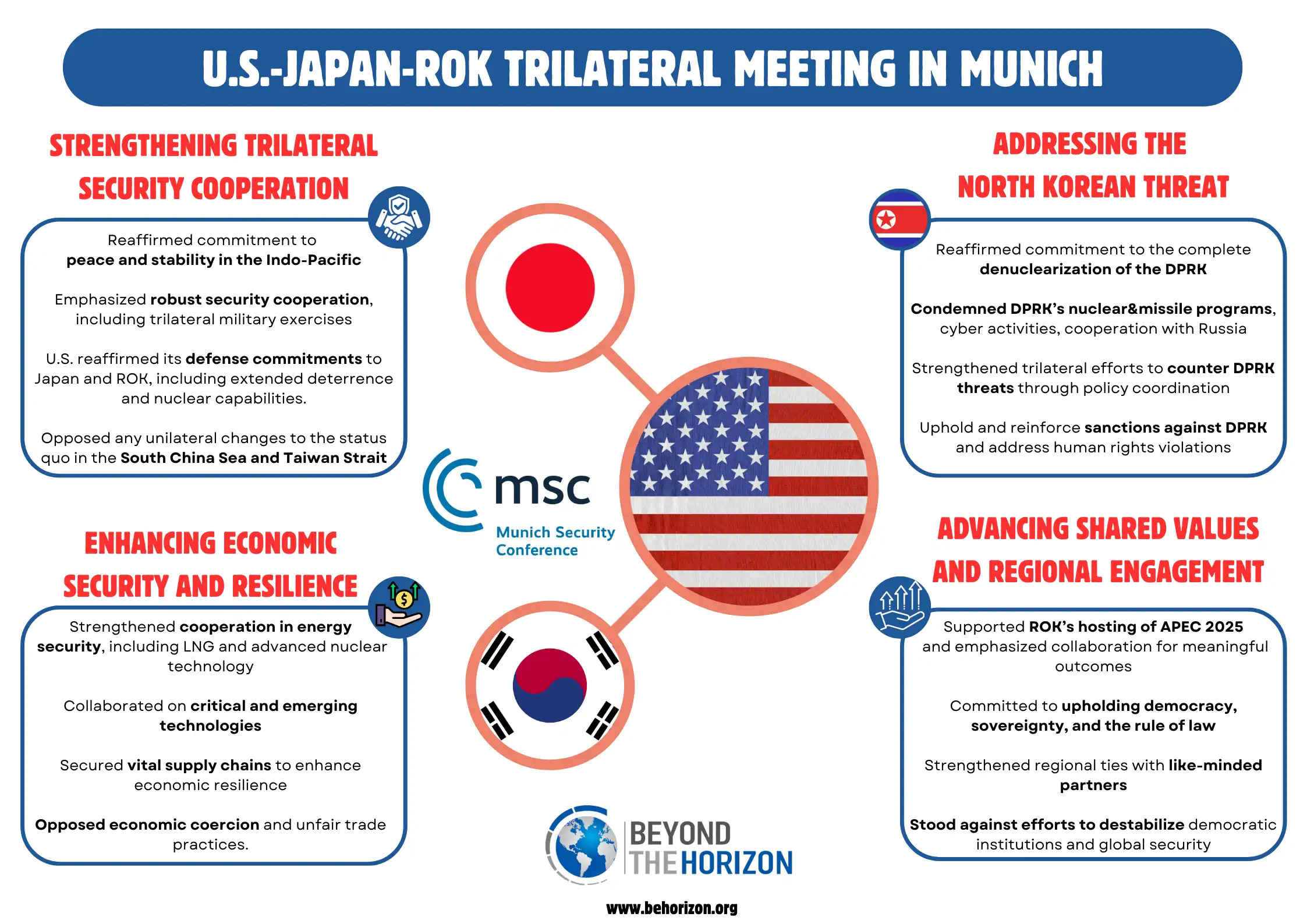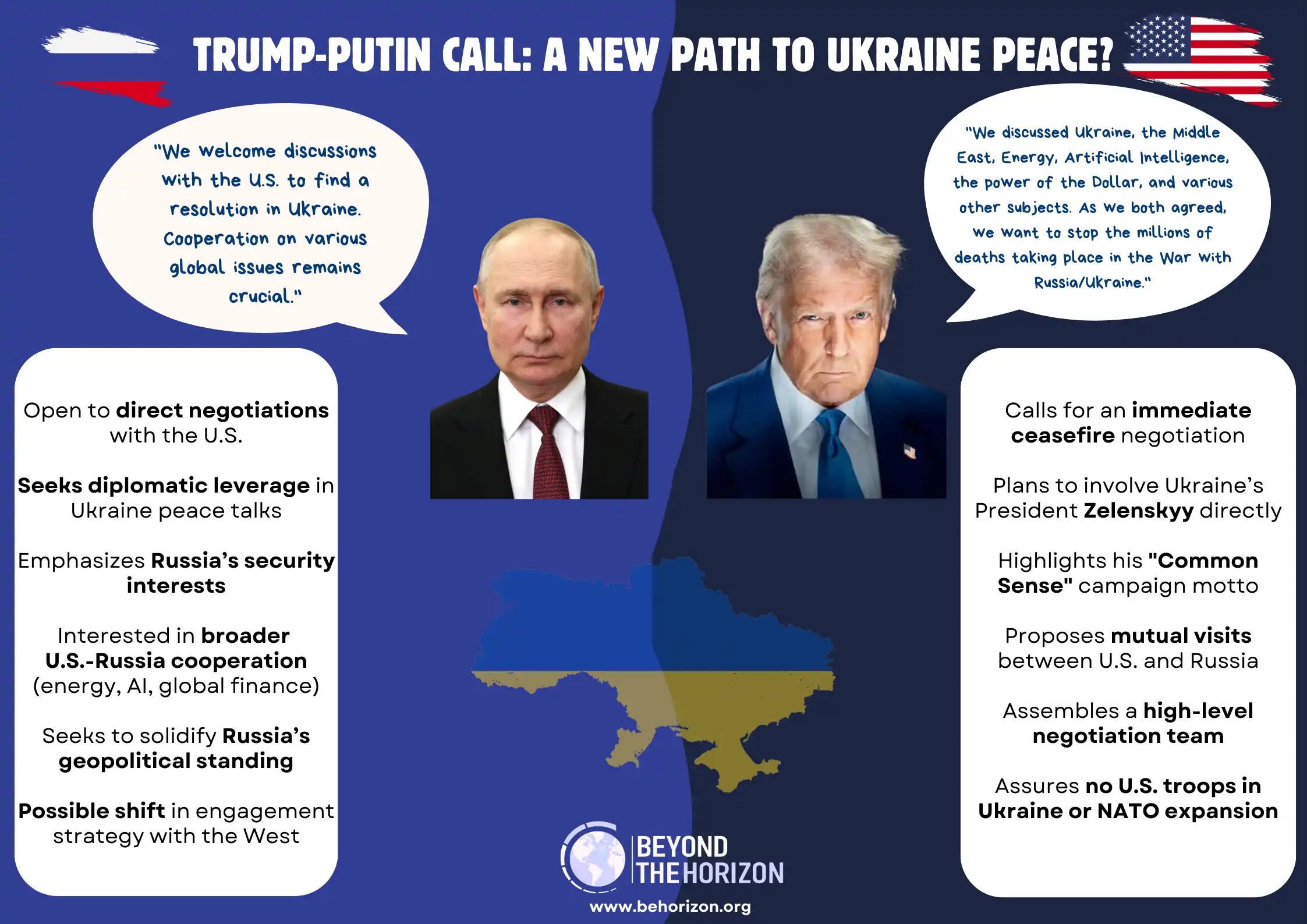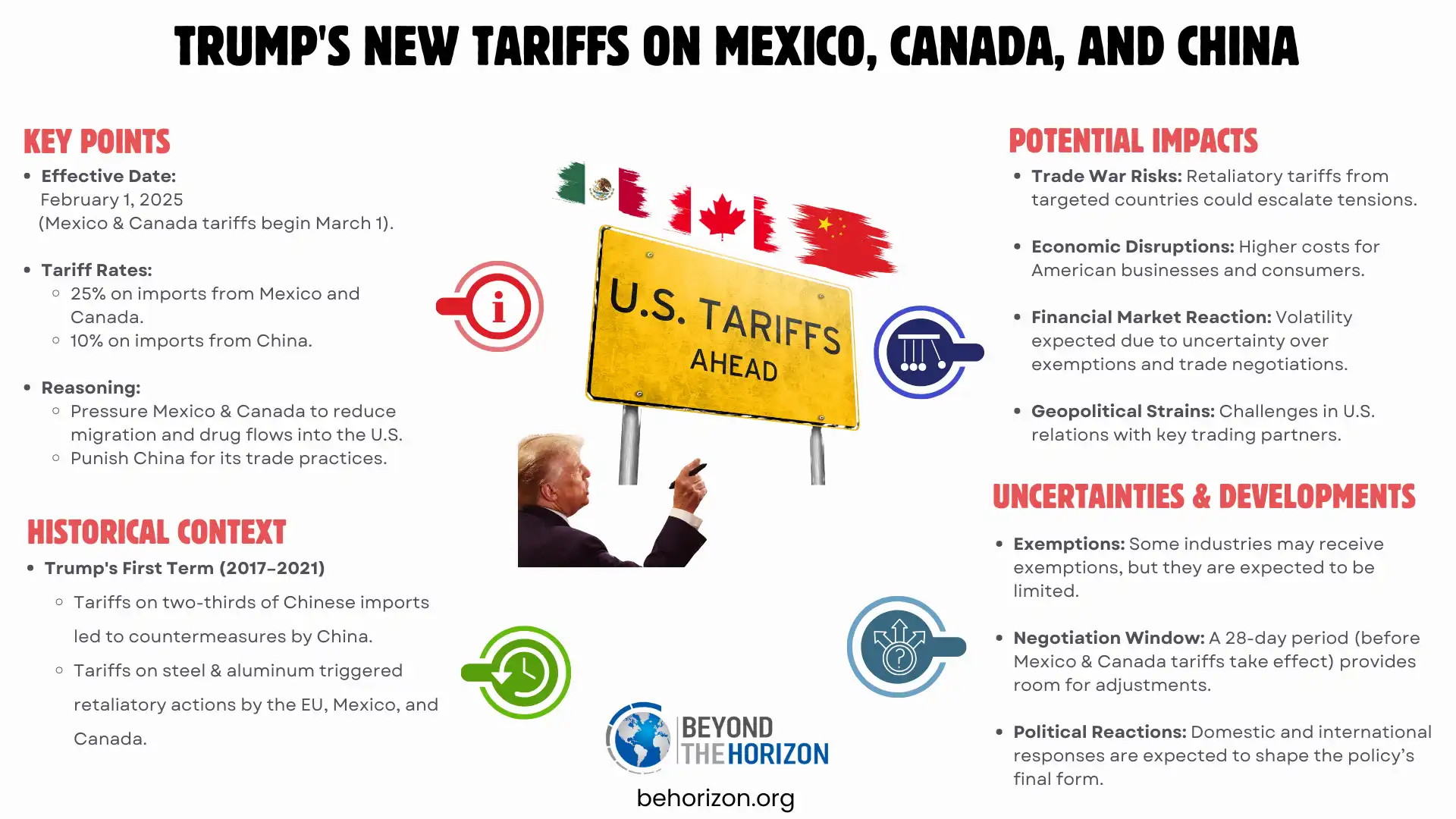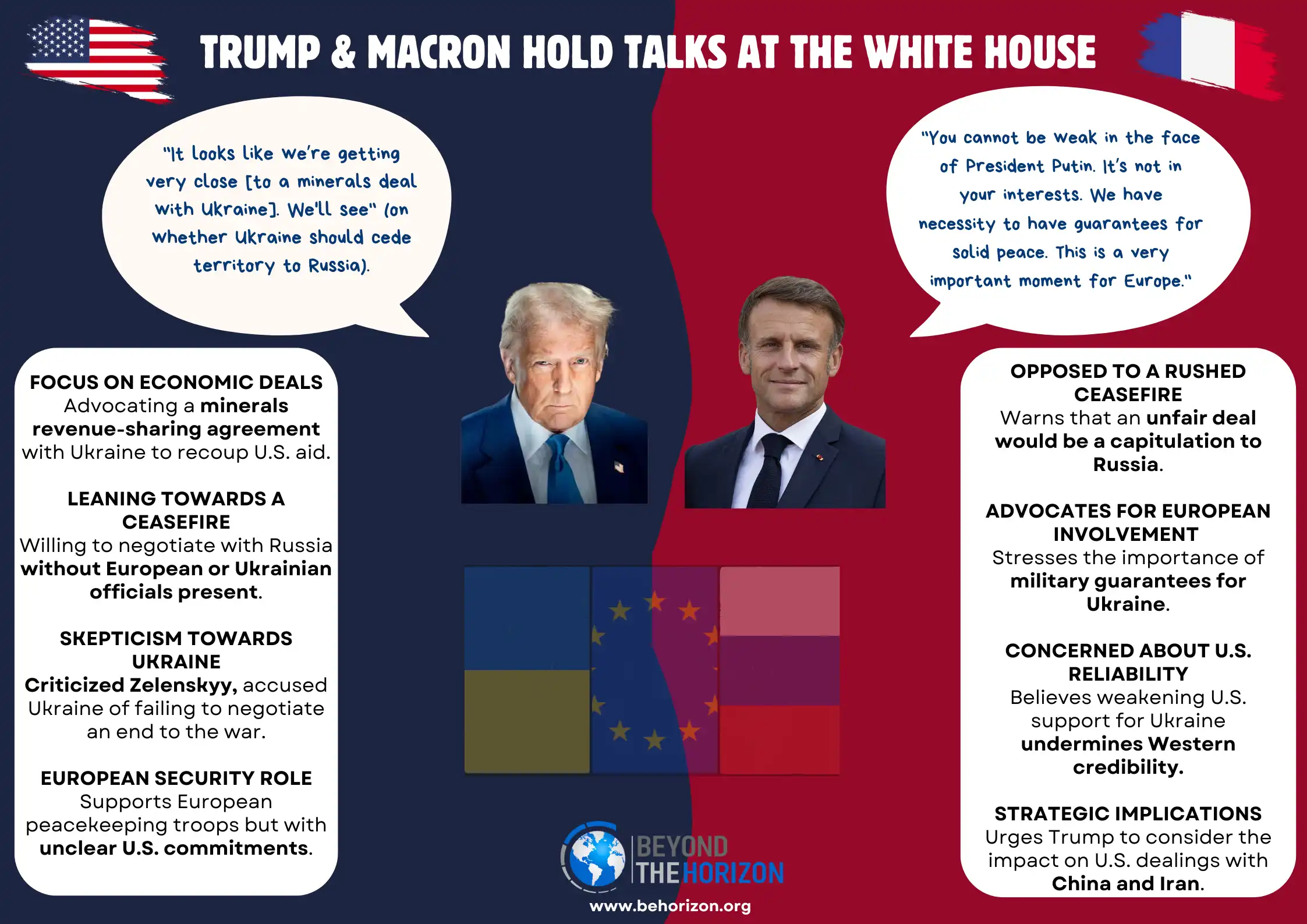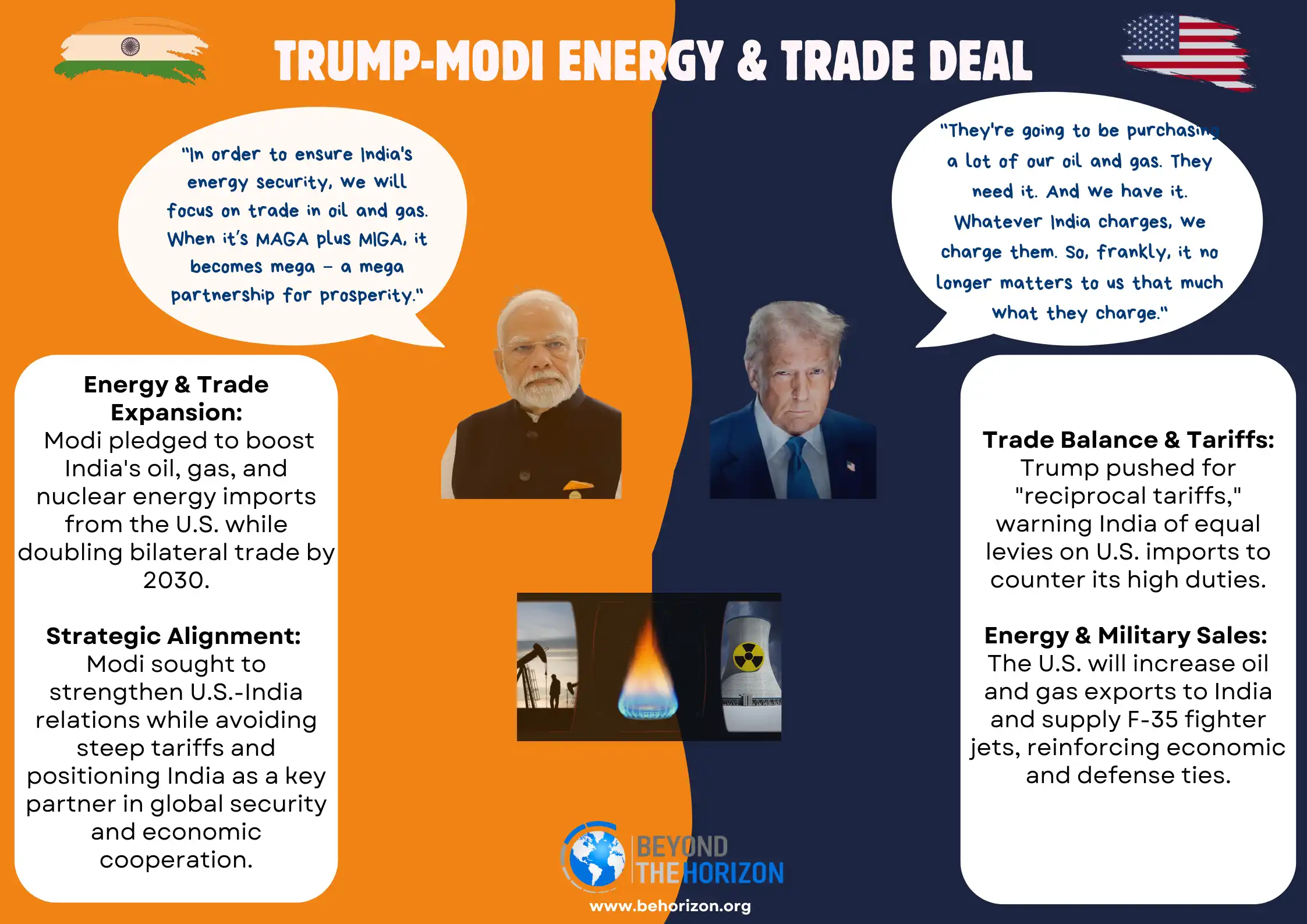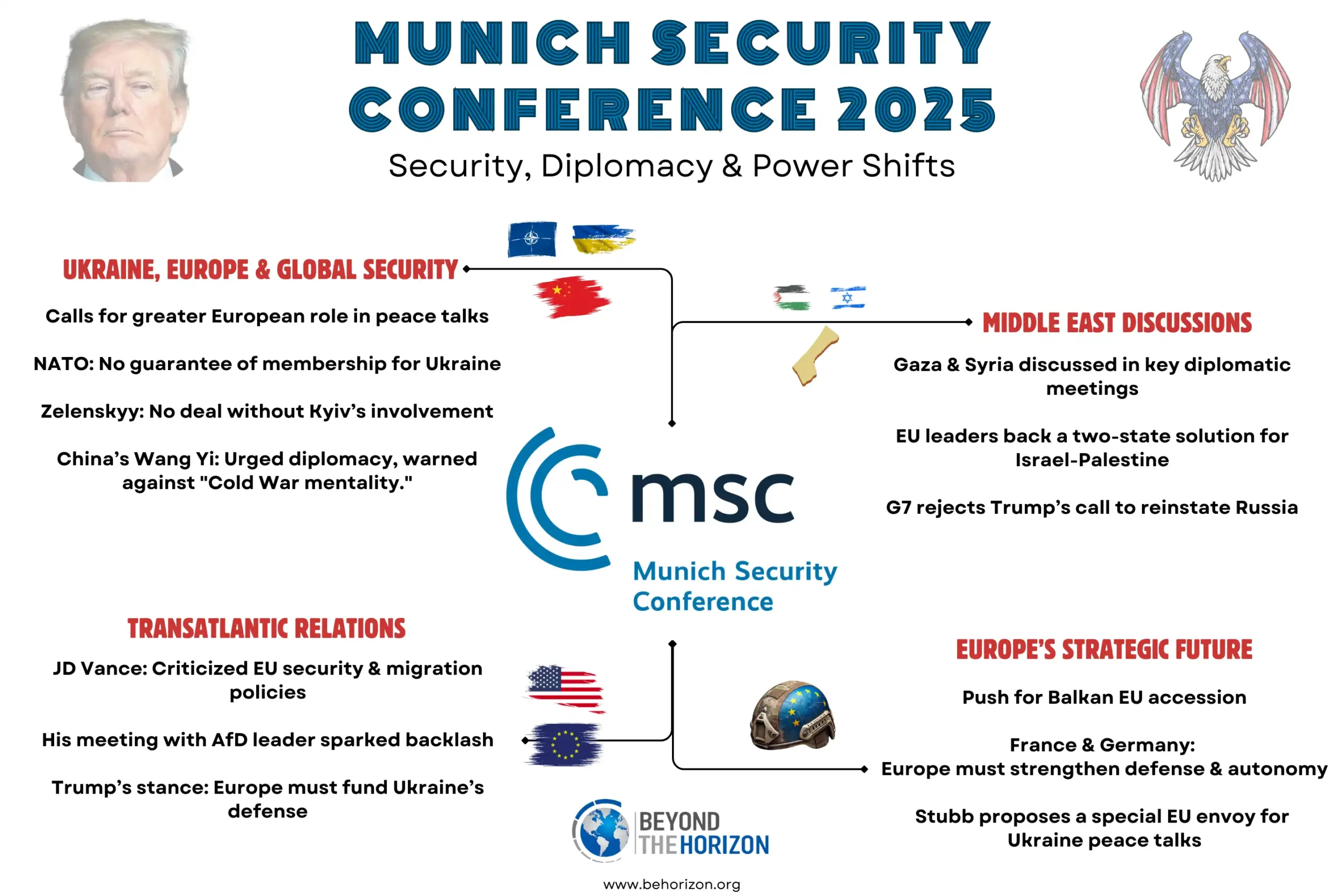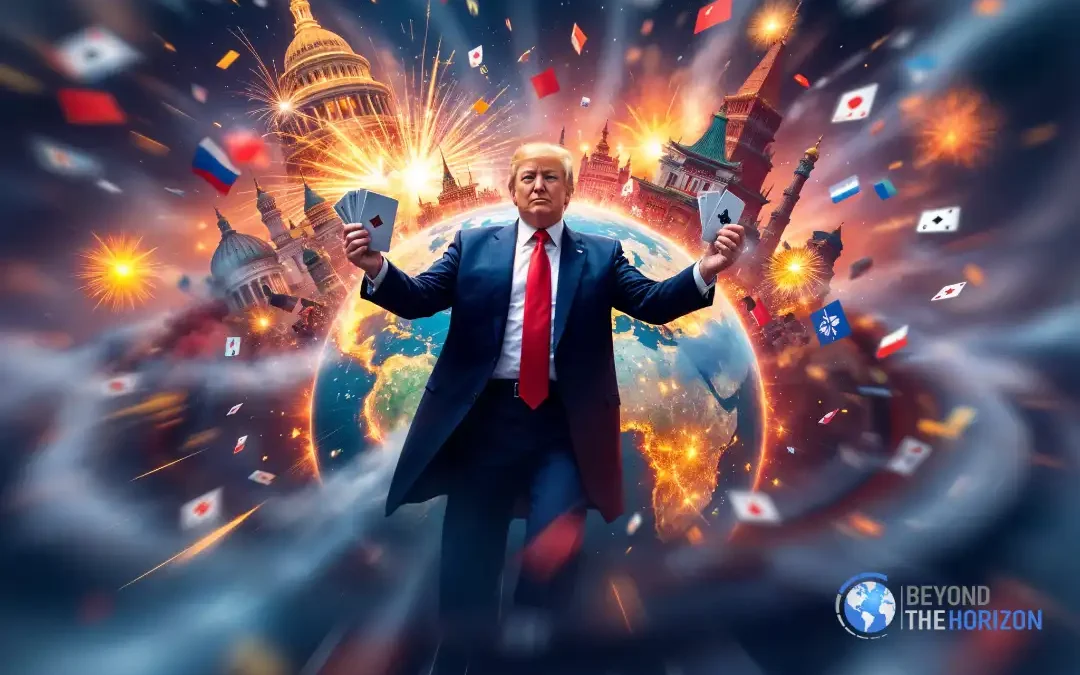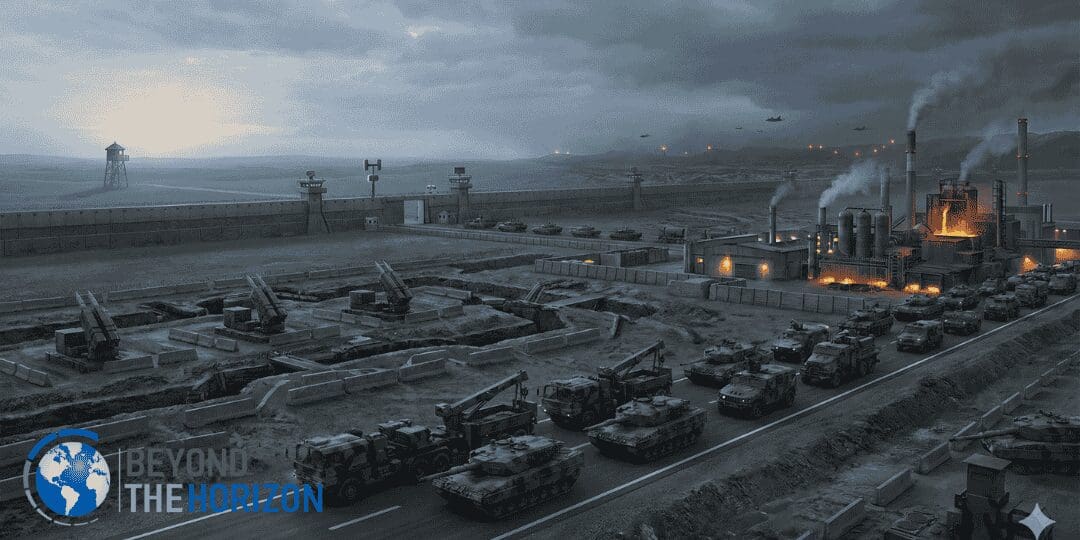Much like Phileas Fogg in Jules Verne’s Around the World in 80 Days, Donald Trump has embarked on a whirlwind journey—only this one spans not continents for sport, but policies, alliances, and power plays with real global consequences. In just 80 days since reclaiming the presidency, Trump has set in motion a dramatic transformation of American governance and diplomacy. At home, his administration has rolled out sweeping executive orders, reignited debates over immigration and federal power, and pledged a $1 trillion defense surge aimed at reviving U.S. industrial might. Abroad, Trump has reignited trade wars, cast doubt on core security commitments, pushed for peace on his own terms in Ukraine, and raised eyebrows with provocative rhetoric about territorial claims from Greenland to Panama.
Far from a slow return to power, Trump’s second term has arrived with disruptive energy and unapologetic speed. This analysis examines the defining domestic initiatives and foreign policy moves of his first 80 days—offering a clear-eyed, fact-based account of a presidency determined to redraw the map of American influence.
Domestic Policy and Major Initiatives
Executive Orders and Governance: President Trump acted quickly and unilaterally to reverse predecessor policies and implement his agenda. By late March, he had signed over 100 executive orders – a pace unprecedented in modern history. Many orders aimed to shrink or reshape the federal government. For example, Trump established a new Department of Government Efficiency (led by advisor Elon Musk) to cut “wasteful spending,” with 17 orders focused on downsizing federal agencies. He also reinstated “Schedule F” (an executive order reclassifying thousands of civil servants as at-will employees), making it easier to fire federal staff – a move critics viewed as politicizing the civil service. In addition, Trump used his clemency powers on Day One to pardon or commute the sentences of over 1,500 people charged in the January 6, 2021 Capitol riot, including individuals convicted of assaulting police officers. This sweeping pardon, carried out “just hours” after he took office, effectively undid much of the Justice Department’s Jan. 6 prosecution effort. While Trump argued these steps were about unity and efficiency, federal judges swiftly blocked several orders – such as his attempt to end birthright citizenship and to freeze foreign aid by shutting down USAID – citing potential executive overreach.
Immigration and Border Security: Reverting to hardline immigration policies, Trump declared a national emergency at the southern border and ordered military units deployed to assist with border enforcement. He moved to roll back Biden-era immigration measures, for instance by stopping “catch-and-release” of migrants and tightening asylum rules. These actions aligned with his campaign pledges to “secure our border and protect American communities”. At the same time, the administration curtailed outward-focused programs: one order suspended all U.S. foreign aid pending review. This underscores Trump’s priority on domestic concerns even at the expense of longstanding foreign assistance commitments (this aid freeze, however, was quickly halted by a federal judge).
Economic Moves and Industrial Strategy: Revitalizing U.S. industry became a centerpiece of Trump’s early domestic agenda. He announced plans for a record $1 trillion defense budget for the next fiscal year – a 12% increase in military spending. “$1 trillion – nobody’s seen anything like it,” Trump declared, highlighting plans to procure new aircraft, ships, and missiles to ensure “unmatched military strength”. Defense Secretary Pete Hegseth hailed the forthcoming budget as “rebuilding our military – and fast”. Trump argued this surge would serve a dual purpose: bolstering national security and reviving U.S. industrial capacity by creating demand for American-made armaments. Indeed, a White House fact sheet emphasized that re-shoring manufacturing is critical to national security, noting that years of factory losses had left U.S. stockpiles of military goods “too low” and supply chains vulnerable. “If the U.S. wishes to maintain an effective security umbrella… it needs a large upstream manufacturing ecosystem,” the administration stated, linking economic strength with defense. To fund his military buildup, Trump touted savings found by Musk’s efficiency drive, and urged U.S. allies to shoulder more costs. Critics noted that absent major domestic cuts, a trillion-dollar defense outlay would balloon the deficit, but Trump’s allies in Congress signaled support, and Democrats – in the minority – had limited power to intervene.
Trade War and Economic Policy
President Trump wasted no time in resurrecting his trade war ethos. In early April, he declared a national trade emergency aimed at countries with big surpluses over the U.S., asserting that “tariffs are necessary to ensure fair trade”. He promptly slapped hefty new tariffs on imports worldwide – 10% across-the-board, with even higher “reciprocal” rates on nations running large trade deficits with America. By early April, U.S. tariff levels hit their highest point in over a century. Beijing and other trading partners retaliated in kind or threatened to do so, raising fears of a global downturn. Financial markets reacted sharply: U.S. stocks plunged into correction territory, with the S&P 500 falling about 15% from its peak amid recession worries. Oil prices also sank as investors grappled with uncertainty.
Trump’s team tried to calm the volatility. After an especially steep market drop, the President paused a planned tariff hike for 90 days, claiming this would give negotiators a chance to seek better deals. “We want to give negotiations a chance,” said EU Commission President Ursula von der Leyen as the European Union temporarily froze its own counter-tariffs on U.S. goods. (The EU had been poised to levy duties on $23 billion worth of American products in response to Trump’s new steel and aluminum tariffs.) Trump expressed optimism that “we’ll be able to get along very well” with China and eventually reach an accord. At the same time, he insisted Beijing had “taken advantage” of the U.S. for years and portrayed his tariffs as long-overdue pushback. The White House claimed tariff revenues were flooding in – “$2 billion a day,” Trump boasted – but Treasury data did not bear this out. In reality, total customs duties collected in March were about $8.75 billion (roughly $290 million per day), an increase partly due to Trump’s new tariffs but nowhere near the President’s figure. Economists warned that American consumers and businesses ultimately pay the cost of tariffs, through higher prices and disrupted supply chains. A CBS News analysis noted Trump’s own advisors privately feared the trade war could drive up consumer prices even as it protected some U.S. factories. For now, Trump has held firm that short-term pain is necessary: he argues the U.S. must “refuse to be taken advantage of” and rebuild domestic production, framing the trade fight as an economic battle for sovereignty.
Relations with Allies and NATO
Trump’s early moves strained relations with some of America’s traditional allies, especially in Europe. Reviving rhetoric from his first term, he bluntly questioned the United States’ security commitments. In early March, the President stated that if NATO member countries “don’t pay, I’m not going to defend them”, calling it “common sense” that U.S. protection should be conditional on allies increasing their defense budgets. He pointed out that he had long pushed NATO partners to spend more on their own military needs, and complained that even after prior increases, “it’s not enough”. Such remarks sent alarm bells ringing in allied capitals. NATO’s core principle of mutual defense (Article 5) has always been taken as an ironclad guarantee; Trump’s comments appeared to cast doubt on that guarantee if financial “delinquency” continued. European diplomats privately voiced fears that Washington might even consider withdrawing U.S. security support if frustrated – a prospect made plausible by Trump’s confrontational stance toward Ukraine and conciliatory approach to Russia.
Allied governments responded with a mix of conciliation and contingency planning. Within weeks, several European leaders unveiled plans to boost defense spending and military readiness. Germany’s ruling parties proposed a new €500 billion fund to ramp up defense investments, and EU officials in Brussels floated a colossal €800 billion European defense initiative to strengthen the continent’s capabilities. “I know some may have concerns about NATO’s future,” said NATO’s new Secretary General, Mark Rutte, acknowledging the jitters. Standing alongside Trump in Washington, Rutte carefully affirmed that “the transatlantic partnership remains the bedrock of our alliance” and insisted President Trump had personally made clear his commitment to NATO. At the same time, Rutte conceded that Europe “must do more” – exactly what Trump was demanding. This delicate diplomacy underscored the new reality: allies are trying to reassure themselves of U.S. support even as they hedge against its potential wavering. France’s government, for instance, publicly “welcomed” signs that Ukraine was reopening dialogue with Trump (after their initial clash), hoping to keep Washington engaged. But France’s own Prime Minister, François Bayrou, delivered an unusually sharp rebuke of Trump’s tactics, warning that “suspending aid during a war… means abandoning the country under attack and hoping the aggressor will win”. His comment, aimed at Trump’s handling of Ukraine, reflected broader European anxiety that U.S. retrenchment could jeopardize the security of smaller states and embolden hostile powers.
Russia, Ukraine, and the Ukraine Crisis
A major foreign policy flashpoint in Trump’s first 80 days was the ongoing war in Ukraine. President Trump took a markedly different approach from his predecessor, seeking a rapid negotiated end to the conflict. In early March, after a tense Oval Office meeting with Ukrainian President Volodymyr Zelenskyy, Trump ordered a “pause” on all U.S. military aid to Ukraine. The White House made clear this was a pressure tactic: Trump wanted to force Kyiv to the negotiating table to halt the war. “Ukraine is ready to come to the negotiating table as soon as possible… Nobody wants peace more than the Ukrainians,” Trump told Congress days later, quoting a letter from Zelenskyy in which the Ukrainian leader, under immense pressure, ostensibly agreed to talks.
Trump simultaneously opened direct backchannels to Moscow. He dispatched a personal envoy to meet with Vladimir Putin, and publicly floated a 30-day ceasefire plan. By mid-March, Trump announced that Ukraine had accepted a U.S.-brokered ceasefire proposal and that Russia was considering it. “There is a very good chance that this horrible, bloody war can finally come to an end,” Trump proclaimed on social media. In a rare bit of good news, Putin responded with “cautious optimism,” even agreeing in principle to Trump’s plan – albeit “several crucial conditions” would need to be worked out first. (Among Moscow’s demands: that Ukraine renounce NATO membership ambitions and cede territory in the east, conditions Kyiv has thus far rejected) Still, Trump hailed Putin’s receptive stance as “very promising” and asserted “strong signals”that Russia wanted peace.
Critics, however, argue that Trump’s peacemaking push came at Ukraine’s expense. The abrupt aid freeze stunned Kyiv and drew accusations of betrayal. “Yes, it is betrayal – let’s call it what it is,” said one Ukrainian lawmaker, who feared Washington was “pushing us towards capitulation”. Ordinary Ukrainians, too, described the U.S. aid pause as a punch to the gut, coming while Russian forces were still on their soil. European allies were also uneasy: with the U.S. stepping back, Britain and France even offered to send troops as peacekeepers to Ukraine to monitor any potential truce, and the EU scrambled to assure Zelenskyy that “we will not leave you alone”. Trump’s stance – effectively pressuring Ukraine to accept a deal that could freeze the conflict in place – split Western opinion. Some observers credit Trump with injecting new urgency into peace efforts after more than three years of war. NATO’s Secretary General Rutte cautiously praised Trump’s intervention for being “extremely helpful” in urging Putin to spare Ukrainian lives. But others warn that Trump’s approach risks rewarding aggression. Former U.S. officials and many in Congress worry that ceding Ukrainian territory or neutrality under duress would vindicate Putin’s invasion. “If I’m Vladimir Putin or Xi Jinping, this is music to my ears,” remarked John Bolton, Trump’s own former National Security Advisor. By signaling that the U.S. might accept altered borders (in Ukraine, or even with allies like Denmark in Greenland), Trump could be “emboldening America’s enemies” to use force, Bolton and others have cautioned. For now, Ukraine’s government, dependent on U.S. support, has little choice but to go along – President Zelenskyy even said it was “time to make things right” with Trump after their heated encounter, affirming he’d work under Trump’s “strong leadership to get a peace that lasts”. The true test will be whether Trump’s high-risk diplomacy yields a just peace or simply forces a desperate Ukraine into a tenuous ceasefire on Russia’s terms.
Controversial Territorial Rhetoric (Panama, Greenland, Canada)
One striking feature of Trump’s early foreign policy was his open flirtation with expansionist rhetoric toward a few countries historically friendly to the U.S. In statements that astonished diplomats, the president mused about America asserting control over strategic territories in Panama, Greenland, and even Canada. During a January press conference before taking office, Trump declined to rule out using “military or economic coercion” to gain control of the Panama Canal and Greenland, claiming these were “necessary for U.S. security”. He argued that great-power rivals were encroaching – “Chinese ships all over the place, Russian ships all over … We’re not letting it happen” – invoking a 21st-century revival of the Monroe Doctrine in the Western Hemisphere. Around the same time, Trump floated the idea of “incorporating” Greenland into the United States, reviving an idea (to buy the island from Denmark) that had been dismissed during his first term. Perhaps most shockingly, he joked about “annexing” Canada – America’s second-largest trading partner – suggesting the U.S. and Canada might “merge” to eliminate the “artificial line” at their border. “Canada and the United States, that would really be something,” Trump said, adding it would improve national security to “get rid of” the long 49th-parallel boundary.
These remarks were unprecedented in modern times – a U.S. president casually entertaining redrawing borders with allies. Foreign capitals responded with alarm and ridicule. Panama’s president firmly declared the Panama Canal’s sovereignty “not negotiable”, alluding to the 1977 treaties that transferred the canal from U.S. control. Denmark’s Prime Minister reminded Washington that “Greenland belongs to the Greenlanders” and that Denmark, a NATO ally, would not sell or cede its autonomous territory. In Ottawa, Canadian Prime Minister Justin Trudeau (nearing the end of his term) quipped there wasn’t “a snowball’s chance in hell” that Canada would join the U.S. Behind the scenes, U.S. diplomats struggled to reassure partners that no invasions were actually imminent. Analysts widely viewed Trump’s talk as bluster – possibly a “Madman Strategy” to keep opponents off-balance. “A lot of this is bombast and bluster,” observed one Brookings Institution expert, noting Trump’s penchant for outrageous opening bids to “get a better deal for the real goals” he seeks. In this interpretation, Trump’s true aims with Greenland and Panama might be to block Chinese influence (China has shown interest in Greenland’s rare-earth minerals and helps operate ports at both ends of the Panama Canal). Nevertheless, even as tactics, such statements carried risks. European allies quietly warned that if Trump ever tried to act on a threat against Greenland (a Danish territory), it could trigger NATO’s mutual defense clause – effectively treating the U.S. as an aggressor within the alliance. “Things could get pretty testy,” one expert dryly noted, raising the once-unthinkable scenario of NATO members forced to consider defending against the United States. So far these scenarios remain entirely hypothetical, and Trump’s fantastical territorial gambits have not gone beyond words in press conferences. But the global reaction – from bemusement to outrage – underscores how deeply unconventional Trump’s foreign policy has been in these first months, even toward America’s closest neighbors.
Conclusion
In sum, President Trump’s first 80 days back in office have been tumultuous and transformative. Domestically, he has moved rapidly to implement his vision of a leaner federal government, a harder line on immigration, and a protected home economy – highlighted by record defense spending and aggressive use of tariffs to “re-shore” industry. These efforts have energized Trump’s base and revived debates over executive power, as courts and Congress grapple with the scope and legality of his actions. On the world stage, Trump has upended traditional U.S. stances: embracing an almost transactional approach to alliances (with NATO and others expected to “pay up” or lose U.S. protection), pursuing an abrupt détente in the Russia–Ukraine war (even at the cost of unsettling allies and Ukrainians themselves), and rattling sabers in novel ways (as seen in talk of Panama, Greenland, and Canada). America’s longtime allies have been reassured by some U.S. commitments – for instance, the administration’s insistence that it will maintain a robust military posture – but they are also warily adjusting to a new reality in transatlantic relations. Meanwhile, strategic rivals like Russia and China are watching closely, perhaps encouraged by Washington’s internal focus and signals of retrenchment. It is still early in the Trump presidency, and many of these policies remain in flux or face legal challenges. What is clear, however, is that the United States has charted a very different course in these 80 days – one that aims to “make America strong” on Trump’s terms, even if it means redefining relationships and norms that have governed U.S. policy for decades. The ultimate effects of this bold and contentious agenda – on American prosperity, security, and global standing – will become apparent in the months and years ahead as the second Trump era continues to unfold.
Related Infographics
